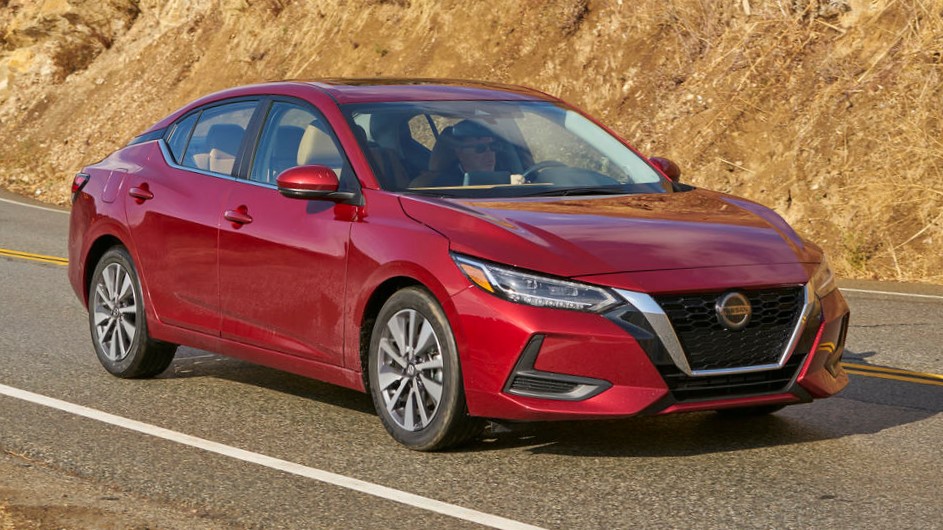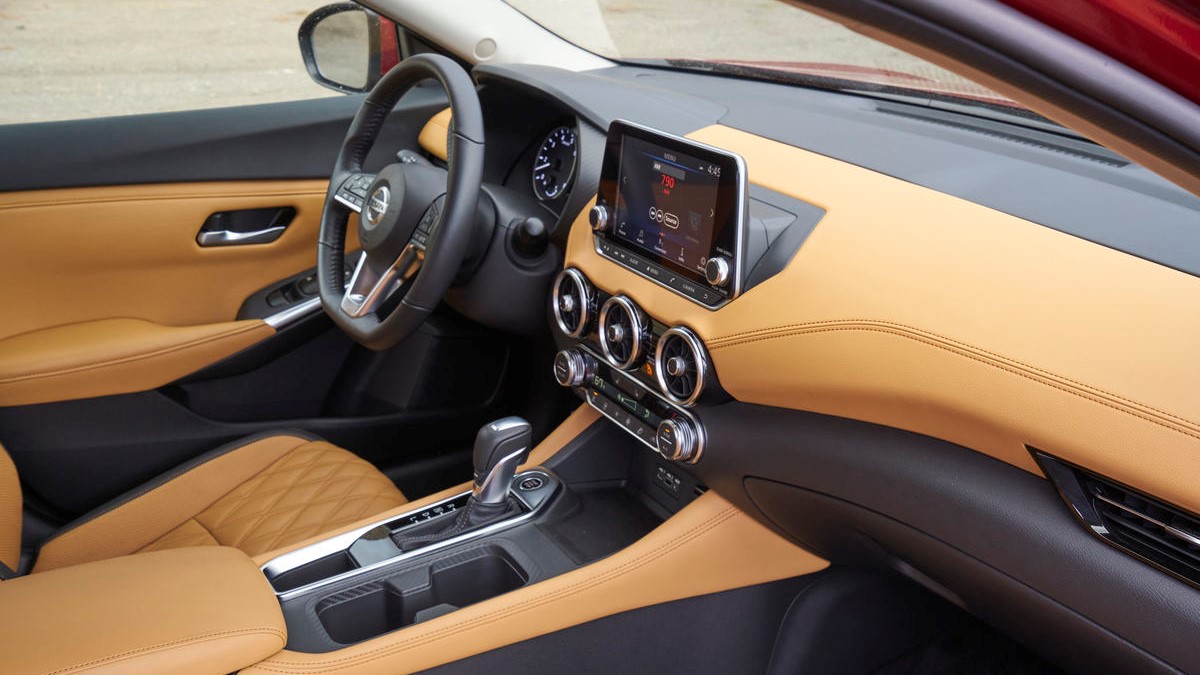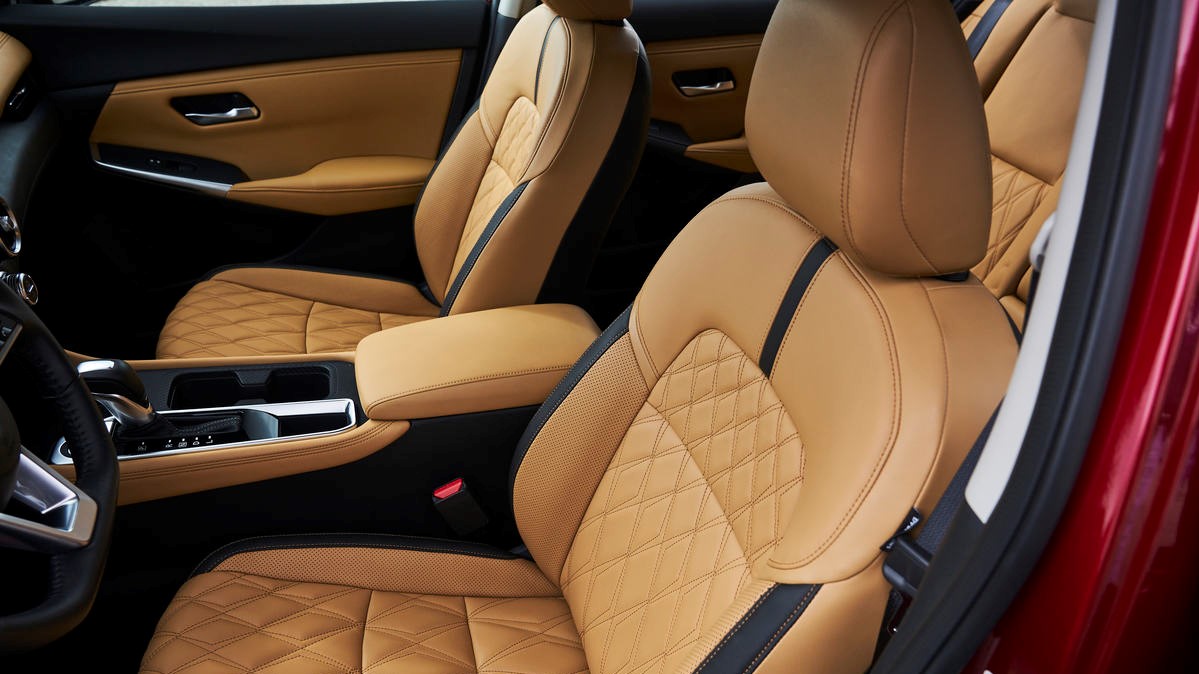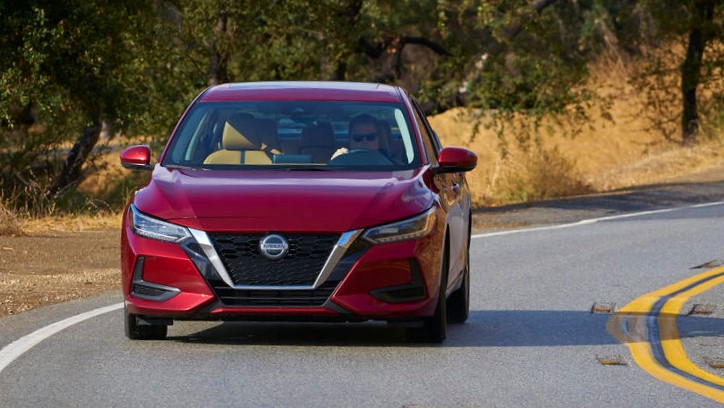Cars that beep at us don't address the real problem – we need them to intervene
More than just passive alerts

Driving the 2020 Nissan Sentra is not supposed to be a passive experience. The car costs just $19,090 (about £15,000 / AU$27,000) which is fair for a smaller sedan like this, but has all of the technology you’d expect in a BMW.
I’m serious about that – there are sensors for alerting you about pedestrians crossing in front of you at an intersection, when you back-up a little too far to the rear of your garage, and also when another car is right next to you on the highway.
Yet, modern cars that beep at us are not quite sufficient anymore. For one thing, we can tune that out – we might hear the beep but still glance at our phones. We might be distracted by other sights and sounds (or a toddler in the back seat) and ignore the chimes.

What I liked most about the Sentra after a longer than usual test is that the vehicle actually intervenes, and that will be more important as we keep driving and keep feeling distracted. Add to this any anxiety and fear about the coronavirus pandemic and you cooked up a nice recipe for driving mistakes, the kind that can ruin your day.
After a solid week of testing, I did notice the chimes but my normal car is not exactly this advanced. I liked seeing blindspot warnings in a car that costs under $20,000 (that wasn’t common even a few years ago – normally you had to pay for the privilege.) The Sentra is always vigilant, though, and monitors cross-traffic in front of you, rear traffic and obstructions, and lane departures.

My favorite feature is Rear Automatic Braking, something that was only found in Infiniti cars for quite a long time. (I once made a video of how this works.)
For a smaller and affordable car to offer this is quite handy – it means you can try to sneak into tight parking spots and back-up into a stall. Not that I ever tried to drive faster into spots than normal but it’s cool knowing if I ever did get too close to a brick wall the car would automatically stop. If you are near a crosswalk, the car will also stop if there’s a pedestrian in your path.
Sign up for breaking news, reviews, opinion, top tech deals, and more.
Taking the wheel
Here’s how this all works. For starters, the sensors work a bit like Doppler radar – the kind weather forecasters use. It sends a signal out from the car constantly and measures the distance of the signal when it is blocked (by a brick wall, a person, another car, or really anything that could cause problems).
The sensors trigger the chimes but can also check your speed and trajectory. If you are heading right for the brick wall, the Sentra will stop.

Taking this a couple of steps further could be interesting – future cars will know if there is someone standing to the side or even heading in our direction from longer distances. A communication network will also feed data to the car and provide data on how many cars are around us at all times on a highway or busy intersection. Cars will know the size of the object and the danger it presents, judging if it is an inanimate object or a living entity.
Someday soon, cars will be able to predict behavior to such a great extent that the vehicle might react far sooner than they do now and mitigate the most common types of accidents (fender benders and distracted driving mishaps). For now, I like how the Sentra has advanced and matches what I recall as the most advanced features on luxury cars from not long ago.
On The Road is TechRadar's regular look at the futuristic tech in today's hottest cars. John Brandon, a journalist who's been writing about cars for 12 years, puts a new car and its cutting-edge tech through the paces every week. One goal: To find out which new technologies will lead us to fully self-driving cars.
- The best electric bikes and the best electric scooters

John Brandon has covered gadgets and cars for the past 12 years having published over 12,000 articles and tested nearly 8,000 products. He's nothing if not prolific. Before starting his writing career, he led an Information Design practice at a large consumer electronics retailer in the US. His hobbies include deep sea exploration, complaining about the weather, and engineering a vast multiverse conspiracy.